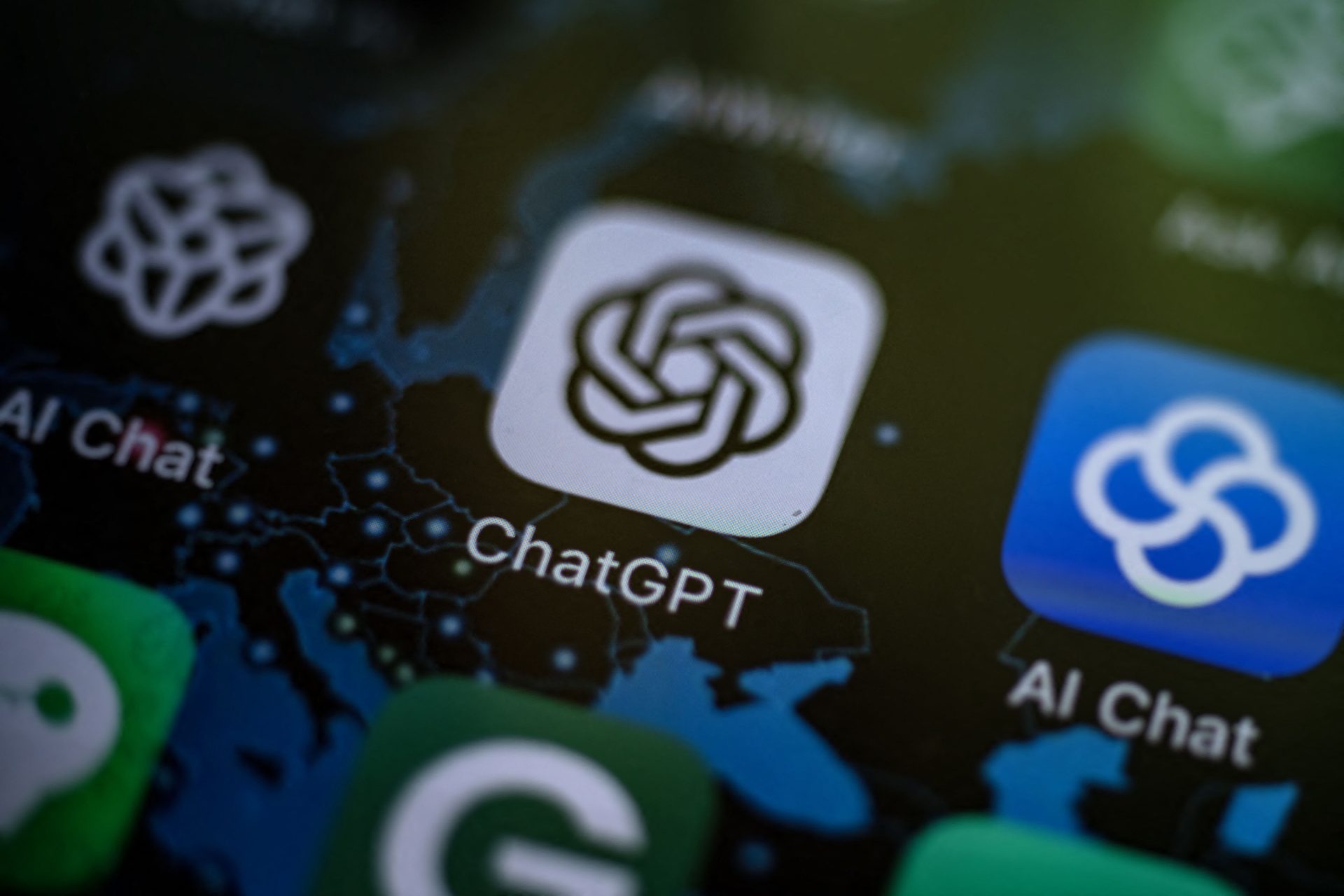|
Only have a minute? Listen instead
Getting your Trinity Audio player ready...
|
The ability of artificial intelligence models to generate text and images that look like the work of human beings has captured public attention as the latest and possibly greatest revolution in technology — in areas ranging from medical diagnosis to clean energy.
Now it’s time for policymakers to catch up. We need answers to a slew of important new questions: How do we prevent AI from discriminating, for example, and how do we protect privacy and handle an increasingly automated workplace?
Specifically, we need to know how U.S. law will treat intellectual property created with the help of AI — new inventions like drugs, new ways to make things such as energy, synthetic materials, and new creations like images and prose. Without clarity on this question, inventors, creators and investors will flounder in uncertainty at grave cost to society and the economy.
Protections for intellectual property — including patents and copyrights — have long been enshrined in U.S. law. They incentivize innovation by giving inventors and their investor-partners an exclusive property right in their creations.

The U.S. Patent and Trademark Office and courts alike have held that under existing law, patent applications must identify an inventor and that inventors must be human. That makes sense. Even in the world of AI, the reality is that humans are always involved. Current AI systems do not operate entirely autonomously.
Yet, current laws and policies in the United States are unclear about what exactly the human element is. One open question is whether it’s sufficient for purposes of patentability for a human to recognize and appreciate that the AI output will work as intended. Another is whether disclosing the involvement of AI in a patent application will jeopardize obtaining or enforcing IP protection. And, can those who design or train the AI be deemed inventors of any inventive output from the AI?
The answer is that such inventions should be patentable, and humans involved in generating them should be deemed inventors. After all, AI is simply an advanced tool, and humans have always used tools to invent — for example, the microscope and the computer. But the U.S. government needs to make this clear and set the parameters under which humans qualify. Without clarity on patent rights and inventorship rules, investment incentives will be lacking.
Incentives to innovate in the U.S. are crucial to the U.S. maintaining its global leadership. China is the United States’ chief ideological opponent, largest economic competitor, technology peer, and the most capable military challenger for the foreseeable future. AI and other emerging technologies are at the center of this competition. Plenty of thorny issues surround AI adoption. Policymakers should start by tackling patent laws and rules head-on. Leaders in both the tech and life science industries, who are often at odds over IP policy, are united in support of bringing clarity to these issues. Now is the time.
Rama Elluru is senior director for society and intellectual property at the Special Competitive Studies Project and former director of research and analysis for ethics and responsible AI at the National Security Commission on Artificial Intelligence. Andrei Iancu is a board co-chair of the Council for Innovation Promotion.





